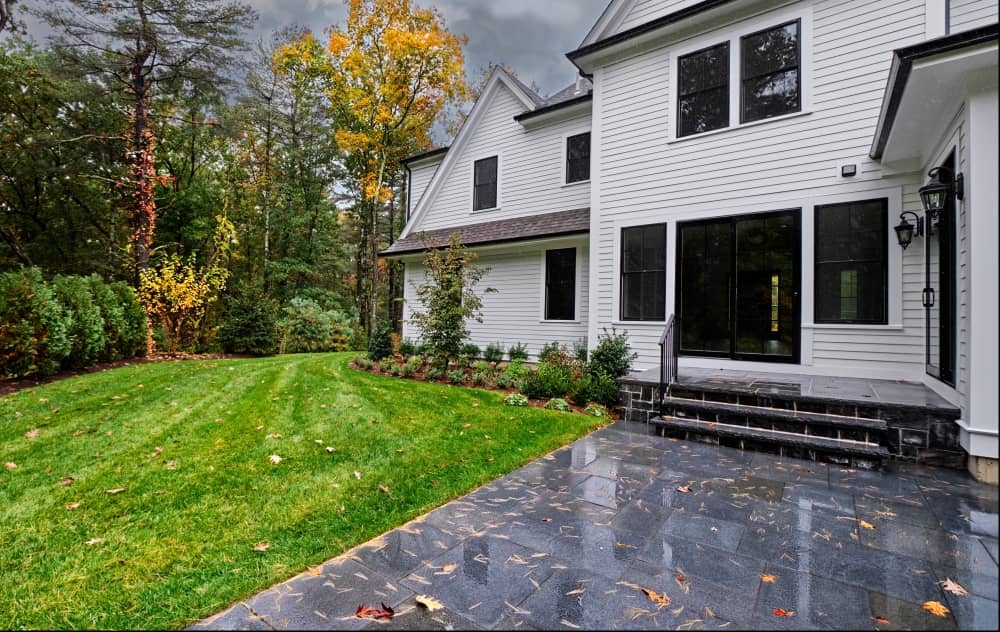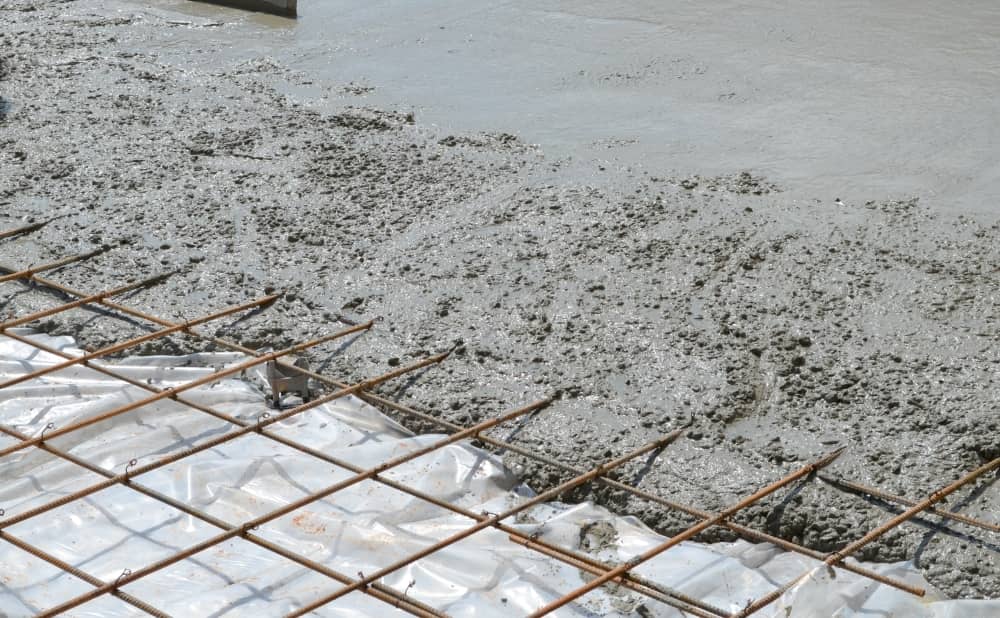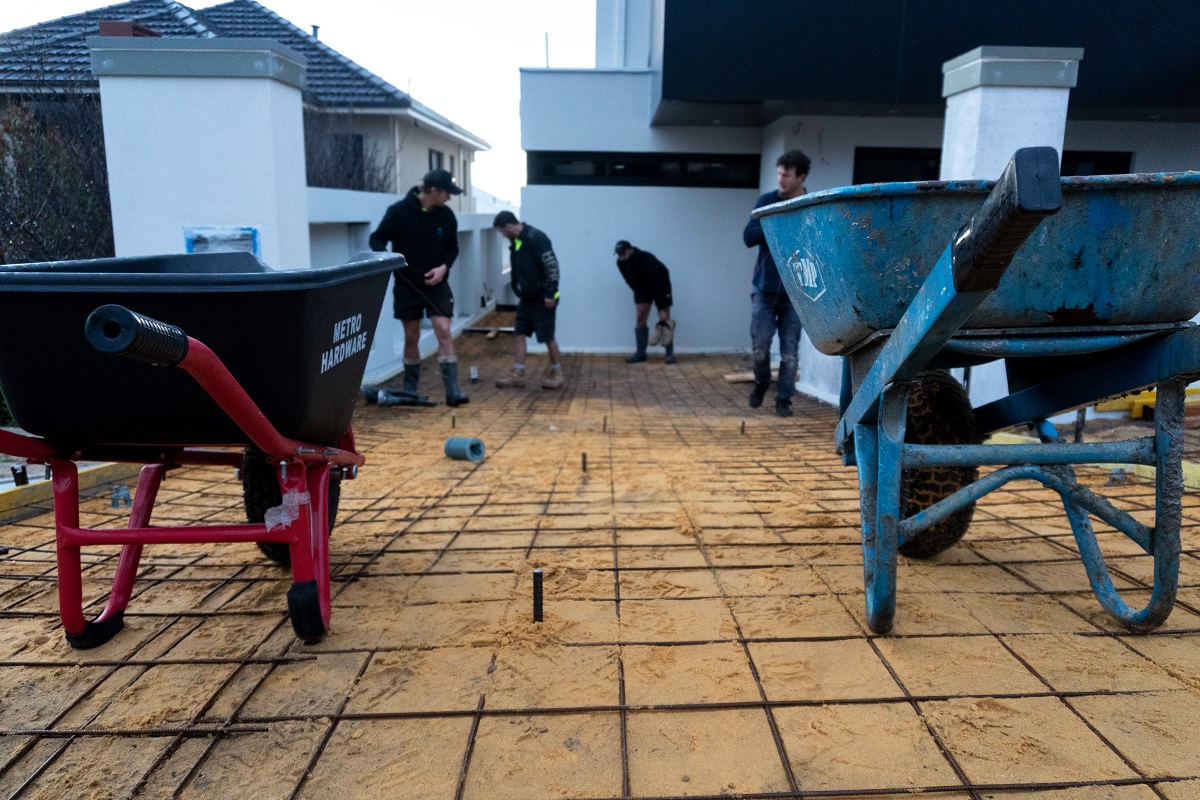Essential Maintenance Tips for Wet and Cold Seasons
- July 12, 2023
- Written By Brad Russell
- Guides
While numerous aspects of laying concrete are carefully controlled while applying it, even the best professionals are unable to control the weather. Fortunately, Western Australians do not need to be concerned about heaps of snow piling up on their new concrete driveways or patios. However, the cold and wet weather during the winter still impacts newly poured concrete.
How is Concrete Affected by the Cold Season?
The hardening of concrete is a chemical reaction dependent upon several factors, including temperature. The colder the temperature, the slower the concrete hardens. When the temperature hovers above 0 degrees Celsius, unprotected concrete will harden slowly. If the temperature drops below 0 degrees, the hardening process stops, and some of the water in the concrete may freeze. The freezing and thawing will result in a porous and weak slab of concrete.
Preparing to Keep Low Permeability
If concrete is porous, it is said to have high permeability and will not perform with the usual strength of impermeable concrete. Proper preparation before pouring the concrete will make the concrete resistant to freezing.
Three Methods to Reduce Permeability
- Use of mixtures to stop the formation of connected small passages, also called capillaries. Tiny air voids replace the interconnected capillaries and reduce weakness.
- Reduce the bleeding capacity and rate of the concrete by lowering the amount of water in the concrete.
- Replace 15-20 per cent of cement with a silicate-based material (pozzolan) which forms a material impermeable to water. The reaction is temperature-sensitive, and there is a risk of a reduction in the early strength of the concrete.
Preventing Moisture Damage
Moisture in your concrete can wreak havoc on your project. Aside from structural damage, moisture seepage can cause rot as well as mould.
To prevent moisture damage, you should begin by using a waterproofing barrier, such as polyethylene sheeting. Before pouring, place your barrier between the soil and the concrete. Once the concrete has been poured, applying a sealant will ensure the water beads off of the concrete and is not absorbed into it.
Maintaining the Temperature of the Concrete
Keeping newly poured concrete at a consistent temperature is vital for proper curing and strength development. Commercial blankets are commonly used for this purpose. However, ensure the blankets are well-covered with strong moisture-proof materials.
Repairing and Resealing
Concrete surfaces damaged by cold or rain can be salvaged. Grind the surface until it is as even as possible, and cover it with a thin coating of levelling compound. Be sure to use one that is made to withstand traffic. If necessary, spray with a resurfacing compound to add texture to the concrete. To ensure long-lasting concrete, apply sealant and remember to allow the concrete to cure.
Using Experts
To ensure your new concrete is at its strongest and best, consider seeking assistance from experts who have dealt with more than their fair share of weather-related concrete issues. At DCWA, we guarantee our work above and beyond what the product manufacturer’s warranties will cover. If you notice any sort of issues with your concrete, be sure to contact our experts to avoid extensive damage.
Tips for Pouring Concrete During Cold Weather
Plan for your crew to stay on the job site longer than usual if the temperature is cold. Because the temperature slows the initial set, your finishing crew may need to wait longer to complete their task.
Set up windbreaks to protect the concrete from sudden temperature changes brought on by gusting wind. Generally, your windbreaks do not need to be taller than two meters.
For more extreme conditions, you may want to use plastic or canvas tarps to enclose the area.
Conclusion
After having new concrete placed, the last thing you want is to risk its ruin with improper care. While some of the protective precautions are DIY jobs, others require the skills and expertise of experienced professionals.
If you need assistance protecting and preserving your new concrete, do not hesitate to contact DCWA. Our concrete specialists can give you information to assist you in protecting your new concrete, or you can make an appointment for our team members to take care of your concrete. With a bit of time and effort, you can keep your concrete looking new for years to come.



